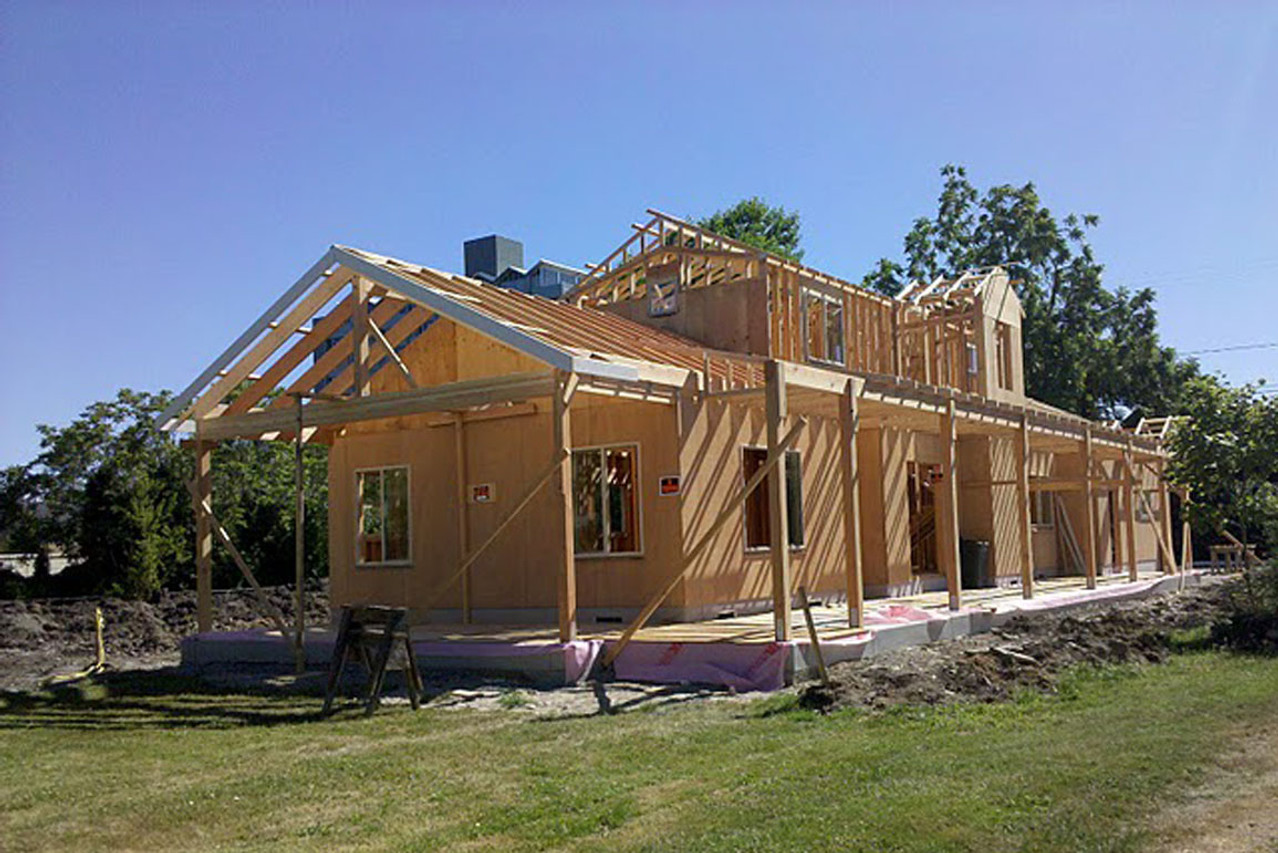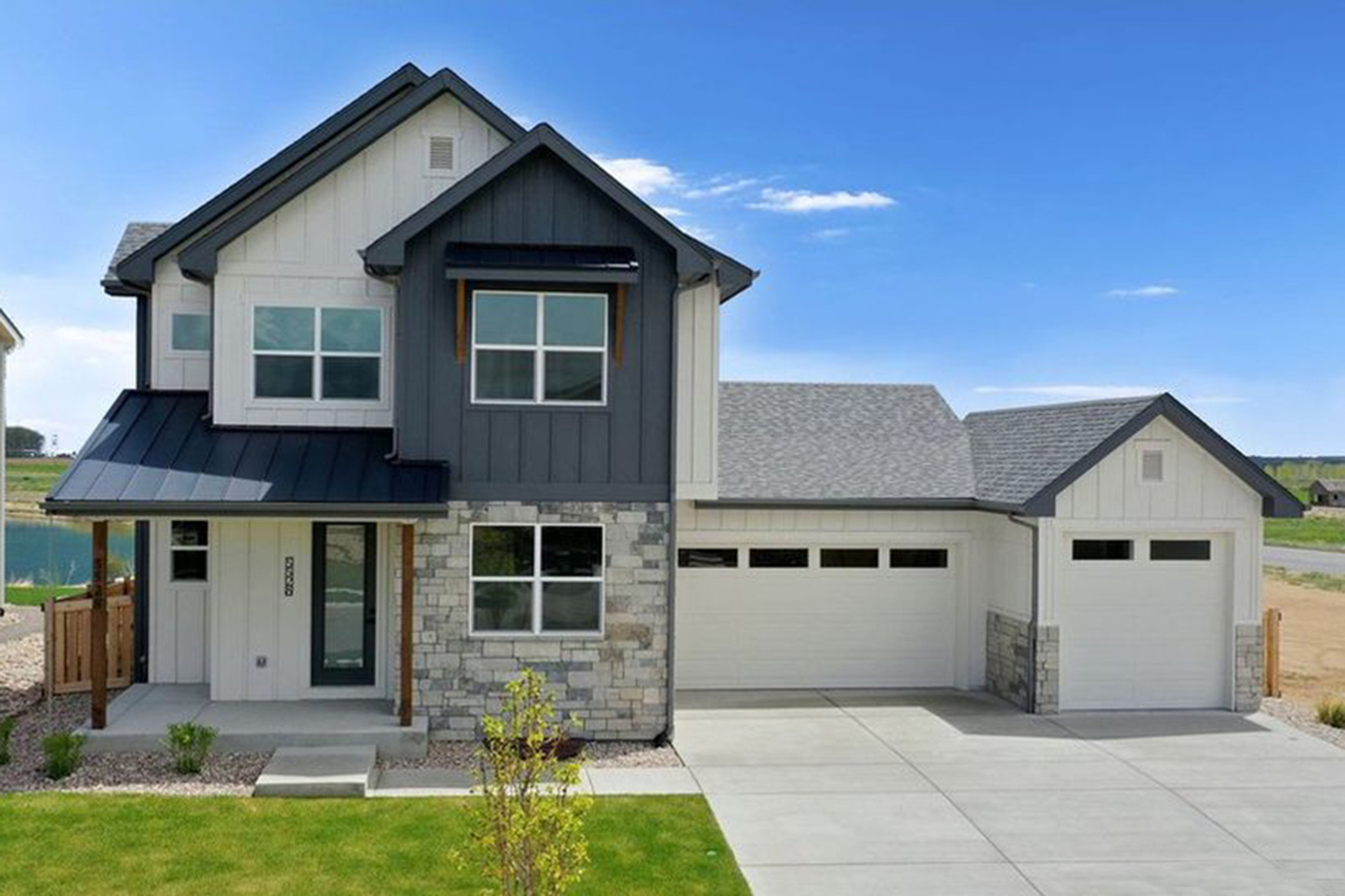Homebuilding offers the unique ability to create a custom living space suited to your needs and design tastes, but the process is rarely a simple one. Knowing what to plan for can ensure the end result is a home that matches your vision and will be a place you will love living in for years to come. But what are the most important things to consider before committing to a new build? What steps are overlooked or often unanticipated by homeowners interested in building for the first time?
The House Plan Company, asked builders to offer advice to those interested in building a new home to help set their expectations.
According to Kent Smith, custom home builder and owner of KLS Construction, one step that is often overlooked is determining the orientation of the home on the lot that was selected. “I always recommend that homeowners visit the property in the morning, look at the views and see where the sun is coming through. Go back mid-day and in the evening when the sun sets. Think about living in the house. What do you want to see and look at? Is the home design you picked out something that will work on the property? Do the windows face the right direction? I’ve had clients turn the house 180-degrees so the sun comes into the kitchen in the morning,” said Smith.
Both Smith and Pete Slayden, owner of Slayden Homes, Inc. agree that selecting a builder who has the homeowner’s best interests in mind and will listen to your needs and desires for the project is critical.
“The most important thing homeowners can do once they decide to build is share their ideas. When they meet with the builder and contractors they select, they should paint the picture of what they want their home to look and feel like so that the whole team is on the same page and excited about what they’re creating together,” said Pete Slayden, owner of Slayden Homes, Inc. “As builders and designers, we are proud of the work we do, and we love working with clients who have a vision and the desire to create a unique living space that stands apart from typical tract home builds.”
Here are five key recommendations from contractors about what homeowners should know about design and construction before starting a new home project:
Ensure you have time for a new build. In addition to the time it takes for custom finishes, time for activities like securing permits, preparing the land, and undergrounding utilities will be needed before construction can truly get underway.
Find a builder who can bring your vision to life. This person and their team are critical to helping ensure not only that your dream home looks and feels like what you had in mind, but that the plans you select work with the site, and that permits can be obtained. They should be able to help identify any zoning laws or attributes that could result in the land being more expensive to build on.
Select the perfect location. While this sounds easy, it’s important to involve a real estate agent and the builder in this process. The goal is to find a lot that meets the homeowner’s needs and fits the design and floor plan of the home that will be built. Other considerations include the topography of the lot and access to nearby utilities—elements that may require additional engineering.
Bring ideas. Beyond design ideas related to the home’s internal and external style, it’s important for homeowners to consider other customizations or unique home features they want incorporated into the build. This may include use of eco-friendly materials, smart home technology, or the design and functionality of outdoor space.
Consider all the costs, and budget for the unexpected. In addition to the cost of the lot and the actual construction, homeowners must consider where they will live while construction is underway, permitting fees, engineering costs and the costs associated with submitting architectural drawings before the project is approved. Unexpected expenses that weren’t anticipated could include the need to alter the land before construction can begin, construction delays, fees for special permits, or things like damaged or defective materials.
How long will it take to build? That depends. “When time is an issue, I’ve found that the most efficient way to move a project forward is to meet with the clients before the building process starts. This allows them to pick out everything ahead of time, know the associated costs and better control the timeline,” continued Slayden.
Smith agrees, adding “you want to be comfortable with the builder you select to where you can call them as the project progresses and even a few years later. Request a list of references and actually call those people. Discuss in detail whether the builder was able to stick within the budget, whether the client was able to speak directly with sub-contractors, and whether the builder was easy to talk to.”
Building a new home can certainly be a daunting task for some, but for those who enjoy planning, decision-making and the excitement of creating, it can also be incredibly rewarding.
One final consideration? “Homeowners should also take future resale value into account when building a new home,” said Rick McAlexander, CEO of The House Plan Company. “If the potential to sell the home exists—whether in a few years or down the road—resale value in relation to the neighborhood the property is in could have an impact on design decisions during the build.”
As seen on PRUnderground



